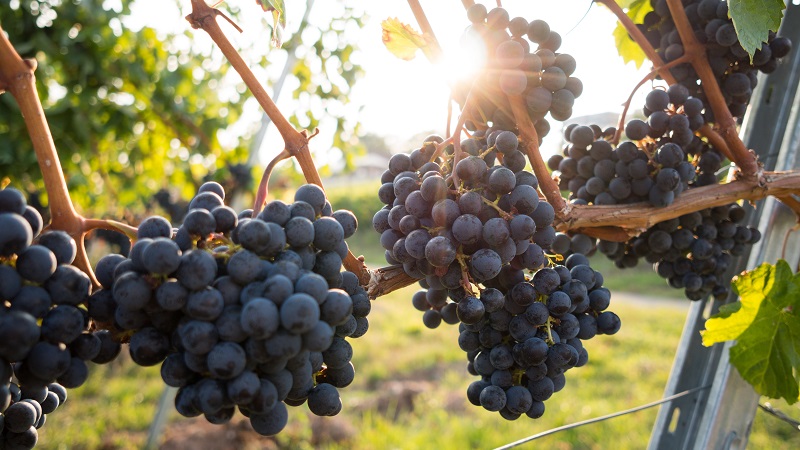Study: Spread Of Salmonella Is Rare In Postharvest Tomatoes
University of Florida researchers have gained new insight into produce-associated salmonella that they hope will eventually reduce the number and severity of the illness-causing outbreaks.
Tomato variety and weather can combine to make what the researchers call a “perfect storm” for salmonella to proliferate in harvested tomatoes, a new study shows.
It remains unclear how much each contributes to salmonella’s spread, but scientists say understanding the process is key to eventually curbing produce-associated outbreaks.
The so-called perfect storm doesn’t happen often, said research assistant professor Massimiliano Marvasi, the study’s first author, but can be damaging to public health and the growers when it does.
![]()
During the past decade, fruits and vegetables have been among the foods most often linked to gastroenteritis outbreaks caused by E. coli and non-typhoidal salmonella, the study said. Those outbreaks resulted in public illness and multimillion-dollar losses for the agriculture industry.
Since 2006, at least 16 salmonella outbreaks have been linked to tomatoes, cantaloupes, sprouts, cucumbers, mangoes, peanut butter, and peppers, in addition to frozen foods containing plant products. But UF/IFAS scientists emphasize that less than 1% of supermarket produce contains salmonella or E. coli and the contamination becomes a problem only when it contaminates other food, or is consumed raw.
Gastrointestinal illnesses caused by pathogens such as E. coli and salmonella have been sporadic with scientists struggling to pinpoint exact causes — and their random nature argues for a perfect storm scenario, the study said.
“It is now clear that salmonella and other human pathogens can contaminate produce at any stage of the production cycle, from farm to fork,” the UF/IFAS study said.
Marvasi said the tomato industry follows strict protocols to prevent microbial food hazards in fresh fruits and vegetables.
Faculty members Max Teplitski, George Hochmuth, Jerry Bartz and Marvasi, all of UF/IFAS, wanted to find out which crop production factors are associated with tomato salmonella outbreaks. Specifically, they wanted to know how irrigation levels, waterlogged tomatoes, and crop and pathogen genotypes affect salmonella’s ability to multiply in the fruit.
They grew three types of tomatoes —Bonny Best, Florida-47, and Solar Fire — during three production seasons over two years in Live Oak and Citra. Tomatoes had been harvested and injected with seven strains of salmonella, Marvasi said.
Researchers chose those three varieties because, in preliminary greenhouse experiments, they showed varying degrees of salmonella resistance, said Max Teplitski, a UF associate professor of soil and water science. Bonny Best is an heirloom variety, often used as a control variety in plant pathogen experiments, he said. Florida 47 and Solar Fire are newer varieties, widely grown commercially in the Southeast.
The study, published recently by the journal PLoS One, showed that particular cultivars combined with drier, sunnier conditions work together to increase the chances that salmonella will spread.
Changing irrigation patterns caused little change in the potential for salmonella, researchers found.
Tomato maturity and cultivar, particular strains of salmonella, and seasonal differences were the strongest factors affecting proliferation. Ripe tomatoes were more vulnerable than green tomatoes.
Source: UF/IFAS










